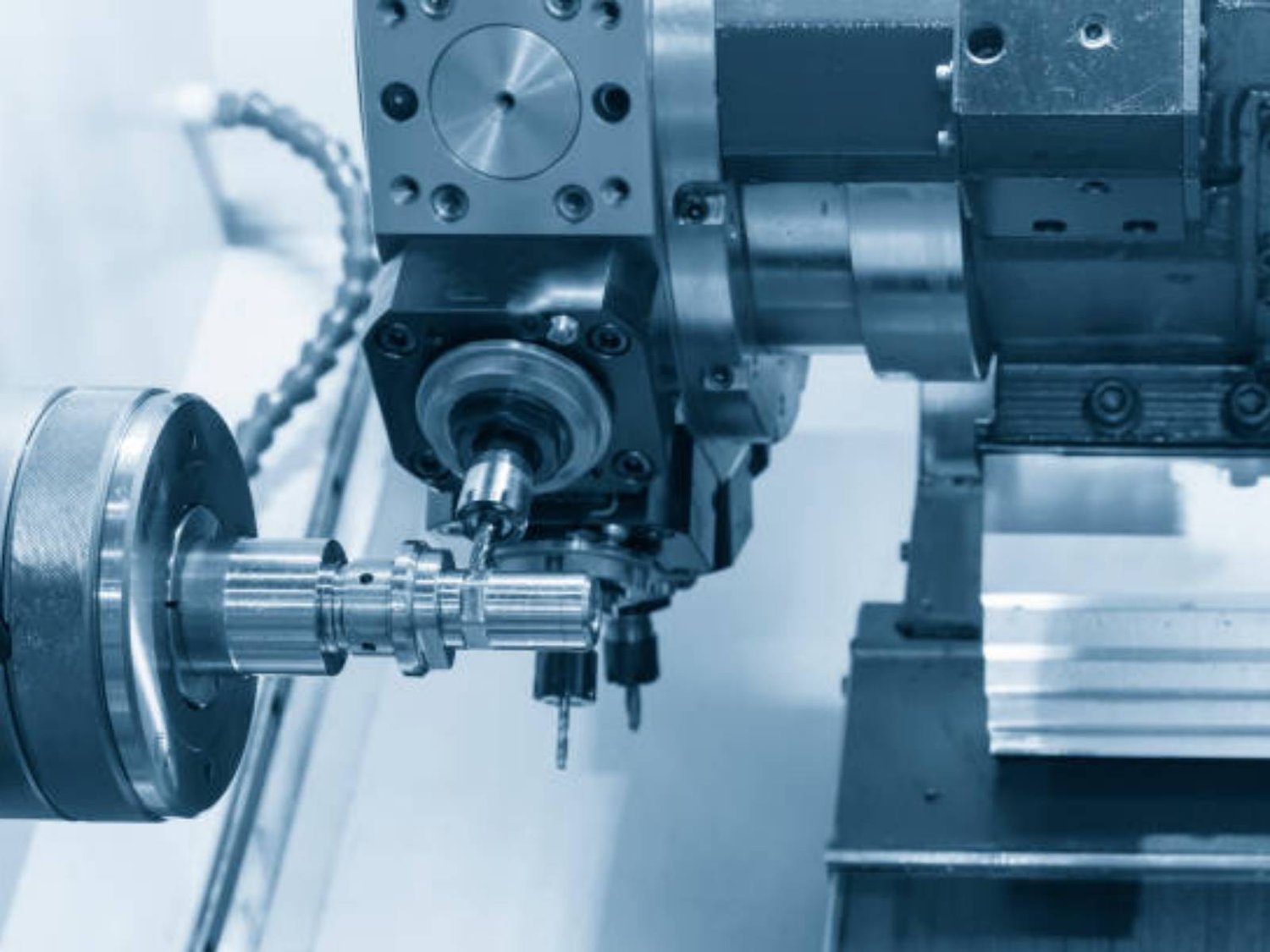Introduction to CNC Machining Center
When it comes to precision and efficiency in manufacturing, CNC Machining Centers have revolutionized the industry. These advanced machines are capable of performing a wide range of operations, from milling and drilling to turning and grinding. In this comprehensive guide, we will explore the various aspects of CNC Machining Centers, including their functionality, applications, advantages, and more.
The Functionality of CNC Machining Centers
CNC Machining Centers are computer-controlled machines that utilize pre-programmed software to control the movements of the tooling. Unlike traditional manual machining, CNC Machining Centers offer unmatched precision and repeatability. These machines are equipped with multiple axes, allowing them to perform complex operations with ease. With the ability to rotate the workpiece and move the cutting tool in multiple directions, CNC Machining Centers can create intricate shapes and contours with exceptional accuracy.
Applications of CNC Machining Centers
CNC Machining Centers find applications in various industries, including automotive, aerospace, electronics, and medical. These machines are widely used for manufacturing components such as engine parts, aircraft components, electronic enclosures, and surgical instruments. The versatility of CNC Machining Centers allows them to work with a wide range of materials, including metals, plastics, and composites.
The Advantages of CNC Machining Centers
CNC Machining Centers offer numerous advantages over traditional machining methods. Firstly, their computer-controlled nature eliminates the need for manual operation, reducing the risk of human error. This results in higher accuracy and consistency in the produced parts. Additionally, CNC Machining Centers can operate continuously, 24/7, allowing for increased productivity and shorter lead times. Furthermore, these machines can be easily programmed to produce complex shapes and patterns, enabling manufacturers to create intricate designs that were previously unattainable.
The Different Types of CNC Machining Centers
There are several types of CNC Machining Centers available, each designed for specific applications. Vertical Machining Centers (VMCs) are commonly used for milling and drilling operations. They feature a vertical spindle that holds the cutting tool, which moves along the X, Y, and Z axes. Horizontal Machining Centers (HMCs) are ideal for heavy-duty cutting and are often used in the automotive industry. They have a horizontal spindle and a rotary table for multi-sided machining. Other types include 5-axis Machining Centers for complex operations and gantry-style Machining Centers for large workpieces.
The Key Components of CNC Machining Centers
CNC Machining Centers consist of several key components that work together to ensure optimal performance. The spindle is responsible for holding and rotating the cutting tool. It can have different speed and power capabilities, depending on the application. The tool changer allows for automatic tool changes, minimizing downtime and improving efficiency. The worktable holds the workpiece in place and can move in multiple directions to facilitate machining. Additionally, the control panel and software are essential for programming and monitoring the machine's operations.
The Importance of CNC Machining Center Accuracy
In the world of manufacturing, precision is of utmost importance. CNC Machining Centers offer exceptional accuracy, allowing for the production of high-quality parts. The precision of these machines is determined by factors such as the rigidity of the machine structure, the accuracy of the linear guides, the precision of the spindle, and the calibration of the machine. Regular maintenance and calibration are essential to ensure the accuracy of CNC Machining Centers and to avoid any deviations that could affect the quality of the manufactured parts.
Future Trends in CNC Machining Centers
CNC Machining Centers continue to evolve with advancements in technology. One significant trend is the integration of artificial intelligence (AI) and machine learning algorithms into these machines. This enables the machines to optimize their own processes, make real-time adjustments, and predict maintenance needs. Another emerging trend is the increased use of robotics in conjunction with CNC Machining Centers, allowing for automated loading and unloading of workpieces. These advancements promise to further enhance the efficiency and productivity of CNC Machining Centers in the future.
The Cost Considerations of CNC Machining Centers
Investing in CNC Machining Centers can be a significant decision for manufacturers. The cost of these machines varies depending on factors such as size, complexity, features, and brand. Additionally, there are costs associated with tooling, maintenance, and operator training. However, it is important to consider the long-term benefits and return on investment that CNC Machining Centers offer. The increased productivity, reduced lead times, and improved quality can ultimately result in significant cost savings and a competitive edge in the market.
Conclusion
CNC Machining Centers have revolutionized the manufacturing industry with their precision, versatility, and efficiency. These advanced machines offer numerous advantages over traditional machining methods, enabling manufacturers to produce complex parts with exceptional accuracy. As technology continues to advance, we can expect further enhancements in CNC Machining Centers, leading to increased automation, improved artificial intelligence integration, and even higher levels of precision. Investing in CNC Machining Centers can provide manufacturers with a competitive edge and position them for success in today's demanding market.

